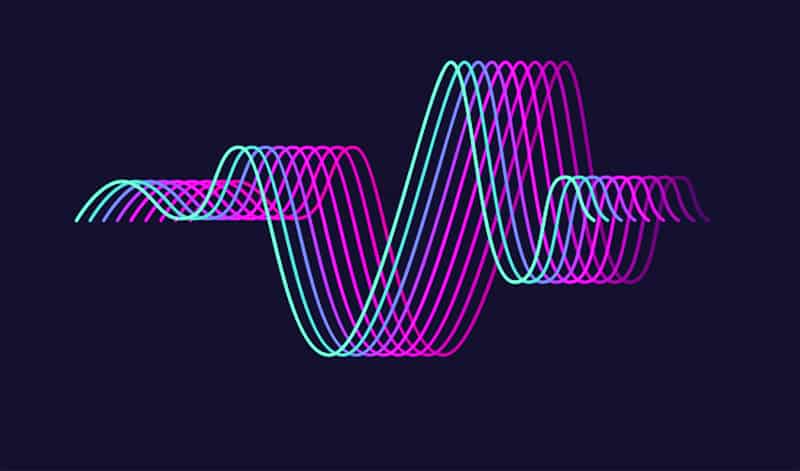As the anticipation builds for Meta’s forthcoming event on September 27, where the Meta Quest 3 is expected to be fully unveiled, leaks continue to provide tantalizing glimpses of what’s in store for virtual reality enthusiasts. The latest leak offers a fascinating preview of the Meta Quest 3’s depth mapping capabilities, indicating a significant leap forward from its predecessor, the Oculus Quest 2.
Unearthed from the Meta Quest 3 firmware and shared on Reddit by user Samulia and UploadVR, a short animation illustrates the impressive depth mapping technology. In essence, it appears to be a substantial advancement, outpacing the capabilities of the Oculus Quest 2.
The animation showcases a detailed mesh covering all objects within a room. Intriguingly, there’s evidence of object identification, with labels like “couch” appearing next to the corresponding furniture – a clear indication that the Meta Quest 3 possesses an understanding of its surroundings.
The animation also features a player avatar engaging with a digital character within the room. This interaction exemplifies mixed reality occlusion, where digital elements seamlessly blend with physical surroundings. In contrast, the Oculus Quest 2 necessitates manual mapping of free space and the marking of rectangular cuboids for furniture and walls, which can be time-consuming and isn’t always fully utilized by developers.
Meta’s approach, as seen in these leaks, appears to be a more streamlined and comprehensive solution. Notably, this aligns with a clip revealed in June, hinting at the Meta Quest 3’s ability to “intelligently understand” room environments.
The depth mapping and its application showcased in these leaks seem to surpass the capabilities of even the Meta Quest Pro headset. While the Quest Pro offers automatic room mapping, it lacks a dedicated depth sensor, which the Meta Quest 3 appears to feature.
All eyes are now on Meta’s Connect showcase scheduled for September 27, where the company is expected to lift the curtain on the Meta Quest 3, providing a clearer picture of its innovative features and how they will shape the future of virtual reality experiences.

